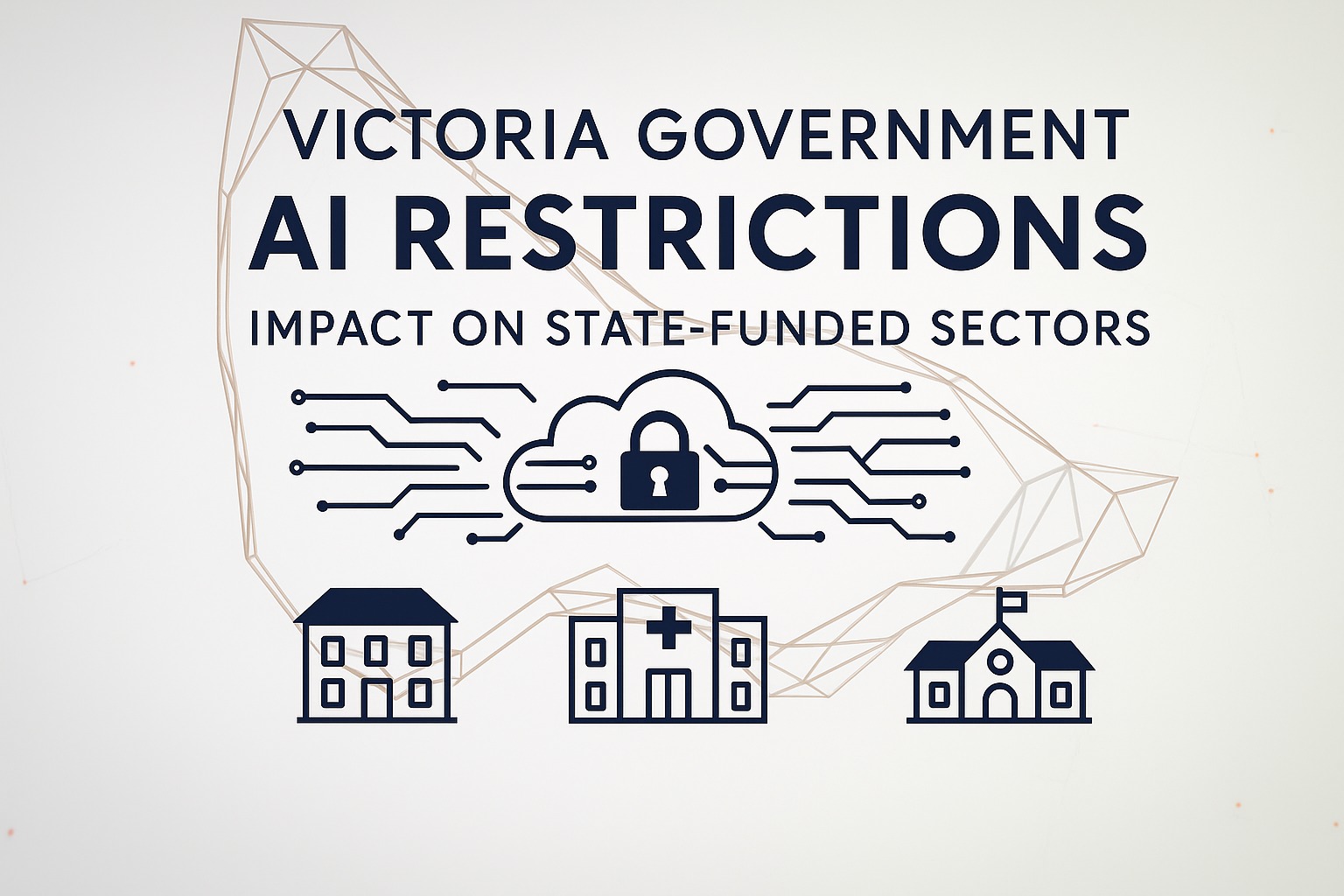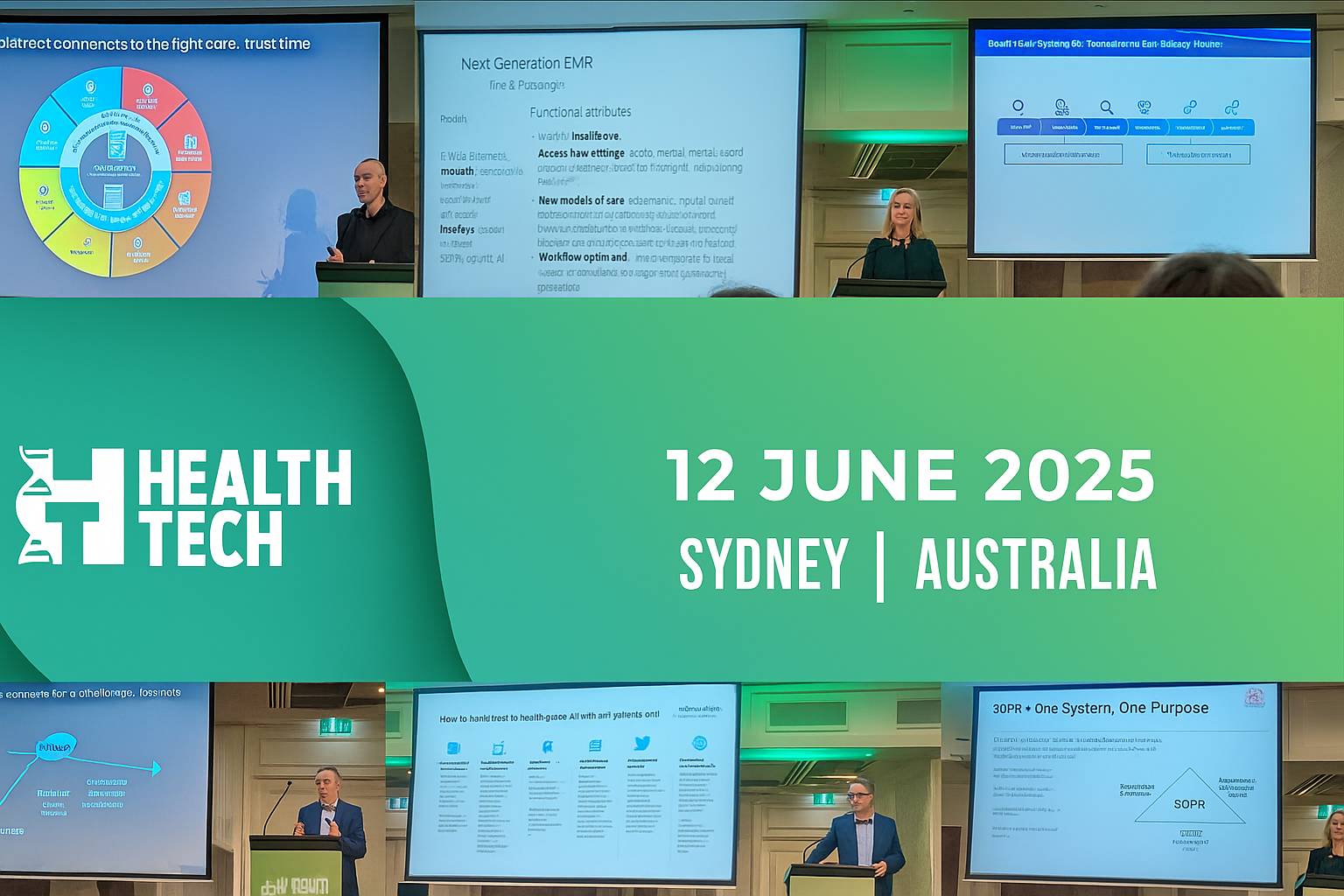One of the first things customers may do when considering a home builder is to check home builder reviews. What are people saying about the quality of communication during the process, the quality of the build and their responsiveness to any warranty issues raised?
We listened to David Chandler, NSW Building Commissioner, at a recent event and recalled 3 key points he made:
- 12% of all construction is rework
- It is cheaper to do it right the first time
- More than 1,000 defective bathrooms have been ripped out during his time in this role
Focusing on quality is critical but equally so how home builders manage a quality issue after the customer has moved in. This post touches on how 3 of the top 5 home builders in the US have lifted their customer experience by leveraging remote visual support when engaging their customers.
The game-changer: leveraging remote visual guidance in home building warranty
In the rapidly evolving home-building industry, staying ahead means keeping pace with technology where it can be leveraged to improve drive value. Remote visual guidance is one transformative tech trend that stands out for its immediate and tangible benefits. By integrating this innovative solution into the customer experience, home builders can significantly uplift two crucial aspects of their business: customer support for warranty/maintenance requests and technician efficiency. Let’s delve into how remote visual guidance has revolutionised these areas, driving value and efficiency for some of the largest home builders in the US.
“TechSee has helped us with our cost spend significantly. We would have an average of maybe a two hour trip time to assess a situation from a trade. Now its going through virtual and we are resolving those cases immediately on the first visit”
Bret Wallach,
Lennar Homes
Enhancing customer support with immediate resolution and elevating satisfaction levels
Remote visual guidance offers an immediate connection between homeowners and customer service representatives, drastically reducing the time to resolve maintenance and warranty issues. By enabling customers to use their smartphones or tablets to show the problem in real-time, service teams can assess the situation without needing to be on-site. This immediacy speeds up resolution times and significantly enhances customer satisfaction by addressing their concerns with unprecedented speed.
Cost efficiency and environmental impact
Deploying technicians for on-site visits is not just time-consuming; it’s also a cost-heavy and carbon-intensive process. Remote visual guidance slashes these expenses and environmental impacts by minimising the need for physical travel. The direct consequence is a leaner, more environmentally friendly operation that aligns with modern consumers’ expectations for sustainable business practices.
Building trust through transparency
Trust is the bedrock of customer relationships in homebuilding. Remote visual guidance fosters this trust by allowing homeowners to see and understand the diagnosis process as it happens. This transparency demystifies technical issues, empowering customers and enhancing their trust in the home builder’s expertise and commitment to service.
Boosting technician efficiency and optimising field operations
Technician time is a precious resource; optimising it directly impacts operational efficiency and profitability. Remote visual guidance allows technicians to pre-diagnose issues before setting foot on site, ensuring they arrive prepared with the right tools and parts. This foresight can dramatically increase first-visit resolutions, a key metric in service efficiency.
Streamlining communication with developers
Remote visual guidance bridges the gap between technicians on-site and developers or senior engineers who may be located elsewhere. By sharing real-time visuals, site workers can receive instant advice and approvals, reducing delays and avoiding the costs associated with rework or multiple site visits.
Conclusion
Many of the top 10 home builders in the US use remote visual technology. Adopting remote visual guidance technology for those organisations represents a leap towards greater efficiency, customer satisfaction, and environmental responsibility. It’s a testament to how embracing digital innovation can resolve traditional challenges, enhancing customer and technician experiences. As the industry continues to evolve, those who leverage these technologies will not only lead in customer service excellence but also set new standards in operational efficiency.





